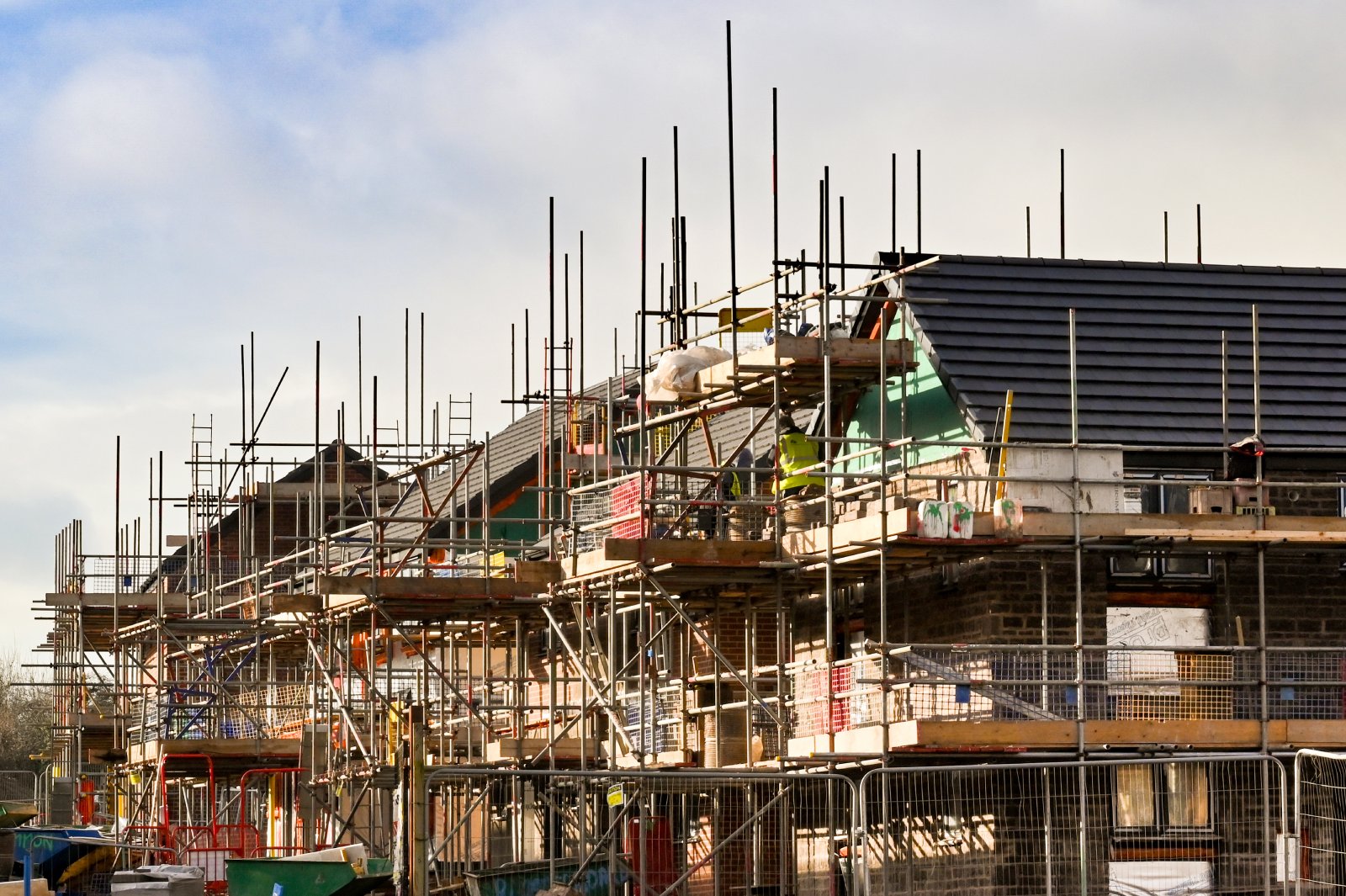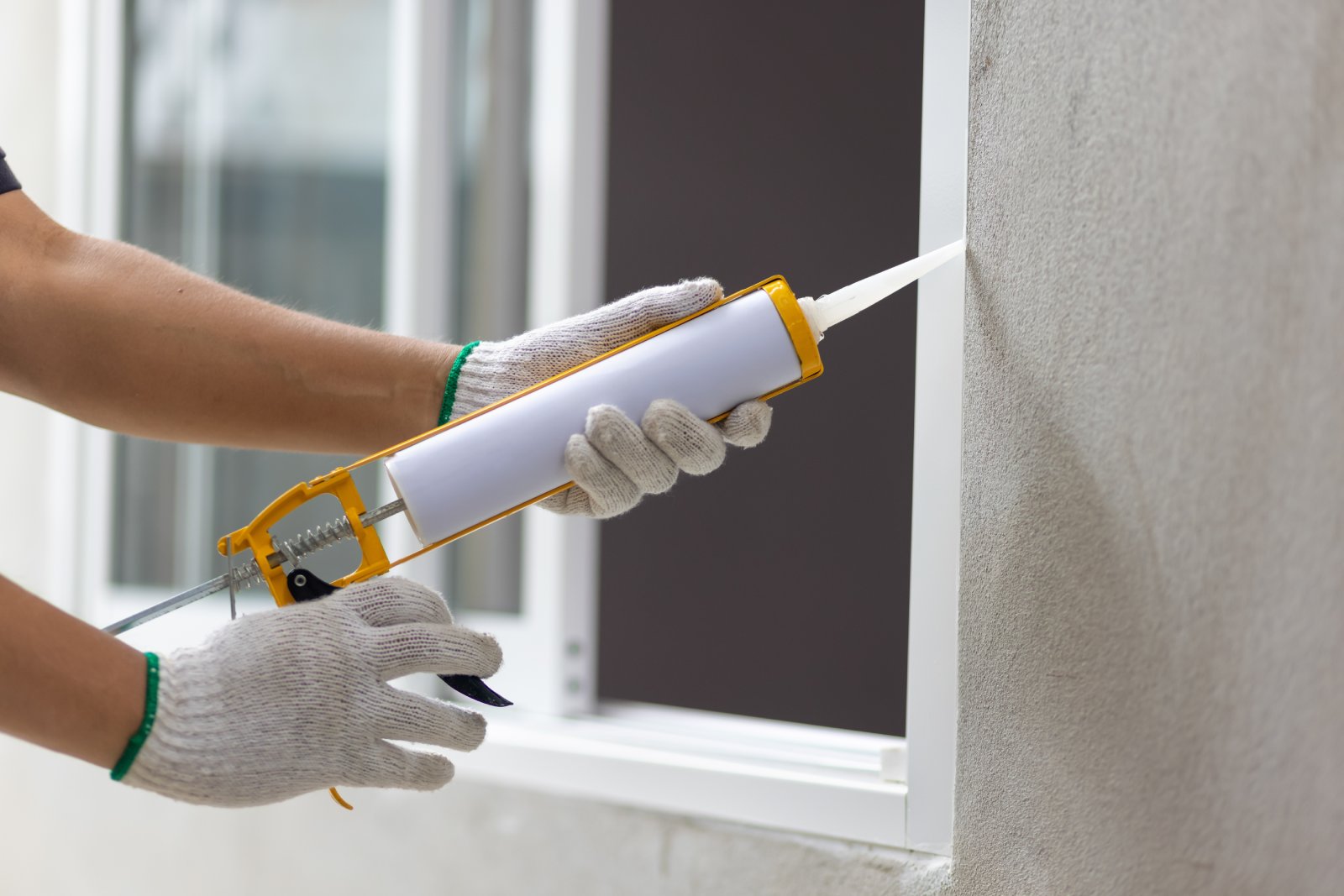As if California wasn’t already an expensive place to live, the state’s latest energy mandates could add a whopping $100,000 to the cost of owning a home. While the intention behind these mandates might be noble—reducing carbon emissions and boosting energy efficiency—the financial burden they place on homeowners is anything but light.
The Mandate Breakdown

California is leading the charge in the fight against climate change, but the state’s aggressive energy policies are hitting homeowners where it hurts: their wallets. Recent mandates require significant upgrades to home energy systems, including solar panels, energy-efficient windows, and advanced heating and cooling systems. These upgrades aren’t just suggestions—they’re requirements.
Significant Impact on Homeowners

In a recent video, financial commentator John Williams highlighted the potential $100,000 cost that California’s new energy mandates could impose on homeowners. Williams warns that these regulations could significantly impact those with older homes, requiring extensive and costly upgrades to comply with the new standards.
The $100,000 Reality

For many homeowners, complying with these mandates could mean shelling out up to $100,000. According to energy analysts, these costs come from a mix of labor, materials, and compliance with the state’s stringent regulations. It’s a hefty price to pay for being green, and not everyone can afford it.
A Pricey Green Dream

Sure, living in an energy-efficient home sounds like a dream, but when that dream comes with a $100,000 price tag, it’s easy to see why many Californians are concerned. Critics argue that while the state’s intentions are good, the execution leaves much to be desired—especially when it comes to the financial realities for everyday homeowners.
The Retrofit Challenge

The challenge isn’t just the cost—it’s also the complexity of retrofitting older homes to meet these new standards. Older houses weren’t designed with today’s energy efficiency standards in mind, making the required upgrades particularly expensive and technically challenging.
High Costs, Limited Relief

Unfortunately, there’s not much relief in sight for homeowners. While there are some state and federal incentives available, they often cover only a fraction of the costs, leaving homeowners to shoulder the majority of the financial burden.
The Solar Panel Dilemma

Solar panels are a key component of California’s energy mandates, but they’re also one of the most expensive. The average cost to install solar panels in California ranges from $15,000 to $30,000. For many, this is just the beginning of a long list of costly upgrades.
Energy-Efficient Windows: Not So Simple

Swapping out old windows for energy-efficient ones might sound easy, but it’s far from it. The cost of new windows alone can run into the tens of thousands of dollars, not to mention the labor required for installation.
Heating and Cooling Systems: Another Major Expense

Upgrading to energy-efficient heating and cooling systems is another mandate that comes with a hefty price tag. Depending on the size and age of the home, these upgrades can cost anywhere from $10,000 to $20,000, making them a significant financial strain.
A Blow to the Middle Class

The financial strain of these mandates is particularly hard on middle-class homeowners, who may not have the resources to absorb such significant costs. The fear is that these policies could widen the wealth gap, making it even harder for average Californians to achieve homeownership.
The Environmental Argument

Proponents of the mandates argue that these changes are necessary to combat climate change and that the long-term savings in energy costs will offset the initial investment. However, many homeowners remain skeptical, especially when the upfront costs are so high.
The Housing Market Impact

Real estate experts are also concerned about the potential impact on California’s already overheated housing market. Higher costs could slow down home sales, particularly for older homes that require extensive upgrades.
Looking for Solutions

Some lawmakers are proposing solutions to help ease the financial burden on homeowners, such as expanding tax credits and offering low-interest loans. However, these measures are still in the early stages and may not be enough to address the full scope of the problem.
The Road Ahead

California’s energy mandates are well-intentioned, but they come with a high cost. As the state moves forward with its aggressive climate goals, it will need to find a way to balance environmental progress with the financial realities facing its residents. For now, many homeowners are left wondering how they’ll afford to stay in their homes.
Millennials Are Over It: 25 Reasons Woke Culture Is Losing Its Charm

Has the push for progress tipped too far into preachiness? Here’s why many Millennials might think so. Millennials Are Over It: 25 Reasons Woke Culture Is Losing Its Charm
Is It Time Boomers Paid the Price for America’s Economic Inequality?

The American Dream feels more elusive than ever, especially for younger generations. What was once achievable through hard work now faces significant hurdles, from skyrocketing college costs to the challenging pursuit of homeownership. Here’s a look at why it’s tougher for Millennials and Gen Z compared to Baby Boomers. Is It Time Boomers Paid the Price for America’s Economic Inequality?
Rent Crash in California: Landlords Scramble as Prices Take a Hit

California’s rental market is taking a nosedive, with major cities seeing huge drops in rent prices. Rent Crash in California: Landlords Scramble as Prices Take a Hit
Featured Image Credit: Shutterstock / Halfpoint.
The content of this article is for informational purposes only and does not constitute or replace professional advice.
The images used are for illustrative purposes only and may not represent the actual people or places mentioned in the article.
For transparency, this content was partly developed with AI assistance and carefully curated by an experienced editor to be informative and ensure accuracy.



